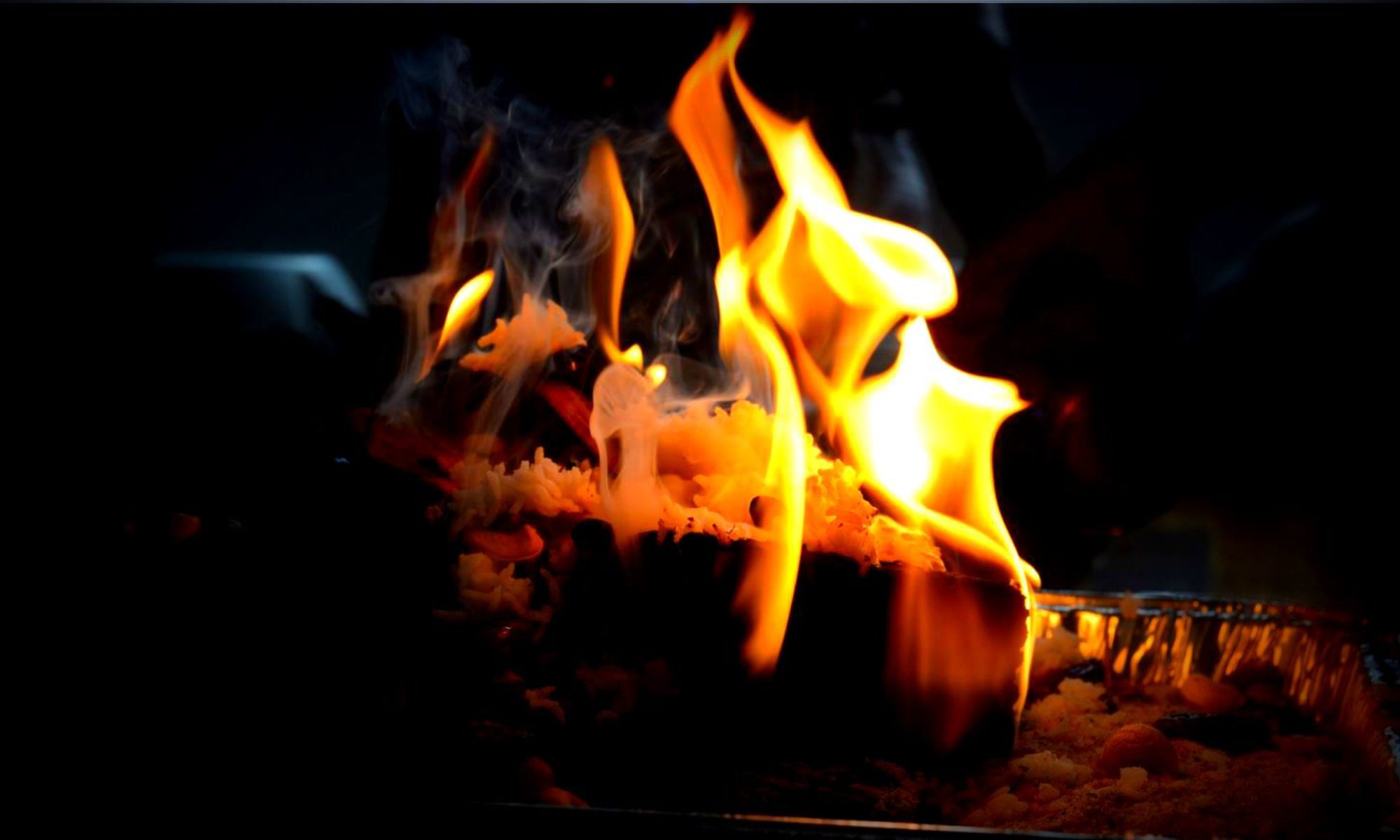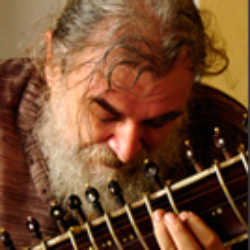During our online satsang session with Dr. Mark Dyczkowski last Sunday (March 9th 2014), we were given some fantastic meditative practices around Sauh and SoHam Mantras. He also stressed on the importance of breath and how and why we must bring attention to the breath. When he mentioned this, I couldn’t help but recall that we cannot speak while we inhale. Just try saying something while inhaling – it is impossible. This connects to the deep Trika concept of breadth and the flow of Prana and Apana.
Markji also highlighted the concept of chief Goddesses of Trika – Para, Parapara and Apara. A discussion ensued in Facebook. There were also several pictures floating on the net which are primarily sourced (or inspired) from Prof. Sanderson’s original work. So I conferred with Markji and he was very kind to send me his short electronic reply which ( I shared in FB ) is provided at the bottom of this thread. I asked him if it was OK for me to share the goddess pictures from his big book on this site to which he kindly agreed. I felt deeply and was moved by his audacity and love for the scriptures. So with his blessings and kindness, I am sharing the pictures of the goddesses according to SYM, along with a short extract (MBT, KuKh Vol 2.). Please treat and tread with respect and appreciation.
MBT, KuKh Vol 2 – Dr. Mark Dyczkowski
“The Three Goddesses described in the following passages from the Siddhayogeśvarīmata, seated on the prongs of Śiva’s Trident are white, red and yellow-black. They represent, as their colours suggest, the three qualities (guNa) of Nature (prakti) which the one goddess, Mālinī, embodies. Mālinī sits on the middle prong of the Trika Trident. Above her, in her topknot, is an eight-petalled lotus within which is seated the goddess Parā. She is beautiful and brilliant white, ‘like the best crystal and she pours nectar everywhere . . . (She) promotes welfare and bestows success.
The SYM describes Parā as follows:
One should visualize Parā with her own form, sitting on a lotus in the air, with the book of all knowledge in her left hand, O Beautiful One, and holding a beautiful, heavenly rosary of crystal in her right hand. One is to visualize a garland on her neck, a garland of heavenly beauty, made up with beads which are round like the buds of the Kadamba tree and which shine forth like fire. This garland reaches down to her feet and is as spotless as crystal all over. One should then visualize her as pouring out the divine nectar of immortality1 in the middle of the Kadamba grove. One should see her pouring forth the nectar of all knowledge in great floods and one should see this nectar enter one’s own mouth, and that one’s Self has the same form. After this, the best of sādhakas should visualize that this nectar comes out of his mouth as the flow of Śāstras. If one has done this visualization, he will be able to produce fascinating ornate poetry within a month. He will be a teacher of all doctrines; and after six months, he will produce Śāstras himself.2
According to the SYM Parāparā is worshipped on the right prong of the Trident. There we read that she is red
. . . as blazing fire, wearing a garland of skulls glowing with three eyes. She sits with trident and skull-staff in her hands on [Sadāśiva] the ‘Great Transcended’. Her tongue [flickers in and out] like lightning. She is gross-bodied and is adorned with great serpents. Her mouth yawns wide and has huge fangs. Ferocious, with her brows knitted in rage, wearing a sacred thread in the form of a huge snake, adorned with a string of human corpses round her neck, with the [severed] lotus hands of a human corpse as beautiful ear-rings, her voice like the thunder of the clouds at the world’s end, she seems to swallow space itself.3
Aparā, ‘the destroyer of the pains of the humble’ is seated on the left prong of the Trident. She looks the same as Parāparā except that she is yellow- black.”
—–
Orignal post from Dr. Mark Dyczkowski
“Prof.Sanderson has published a detailed study of the numerous variant forms of Paraa both in the Trika tradition and outside. The reference is: Sanderson 1986 : Mandala and the Aagamic Identity in the Trika of Kashmir. In Mantras et Diagrammes Rituels dans l”Hinduisme. Éditions du CNRS Paris. pp. 169-214
You will find all of Sanderson’s publications on his site (search Alexis Sanderson). It was my very great good fortune to study for over 10 years with Prof.Sanderson.
The name Paraa means ‘Supreme’. In a broad sense all Great Goddesses, such as Durgaa, can be considered to be Paraa. But it is a name / epithet applied to Kaula (i.e. Tantric “Saakta) Godddess. Kaalii, Kubjikaa, Tripuraa are all Paraa. She also appears in her own right in several Kaula traditions. There are two basic forms. One she has two arms and the other she has four. In both cases she is radiant white and is clearly remaniscent of Sarasvatii. Not much is known about the history of Sarasvatii and, given her widespread popularity, she appears surprisingly little in the texts (whether Tantric or Paura.nic). She clearly has Vedic roots as the goddesss of speech (or ‘language’). Her secondary Tantric associations are through Paraa, who is also Speech. But note that the appearance of Paraa in the Tantras much precedes that of Sarasvatii in the public domain.”

